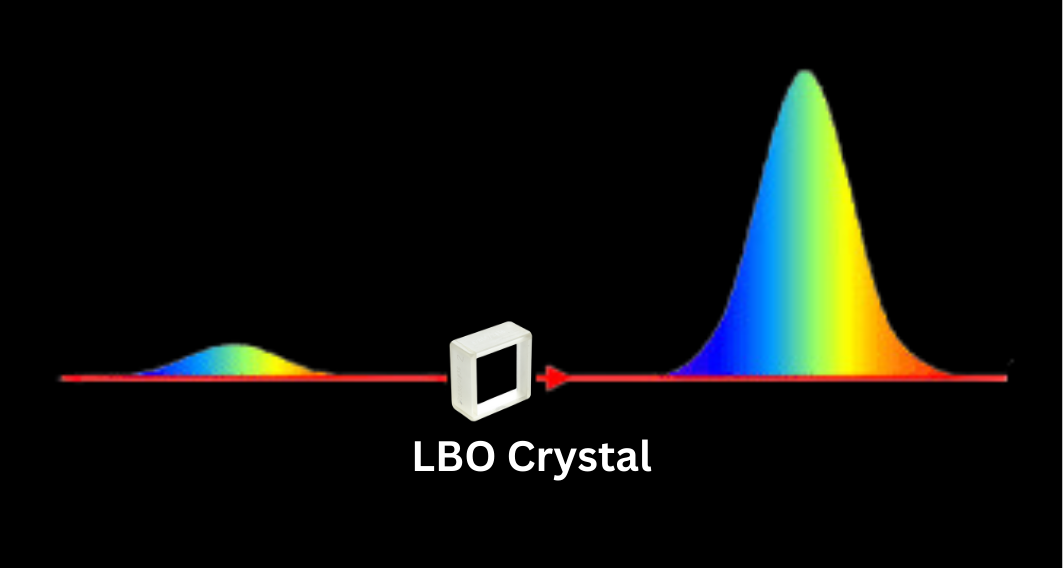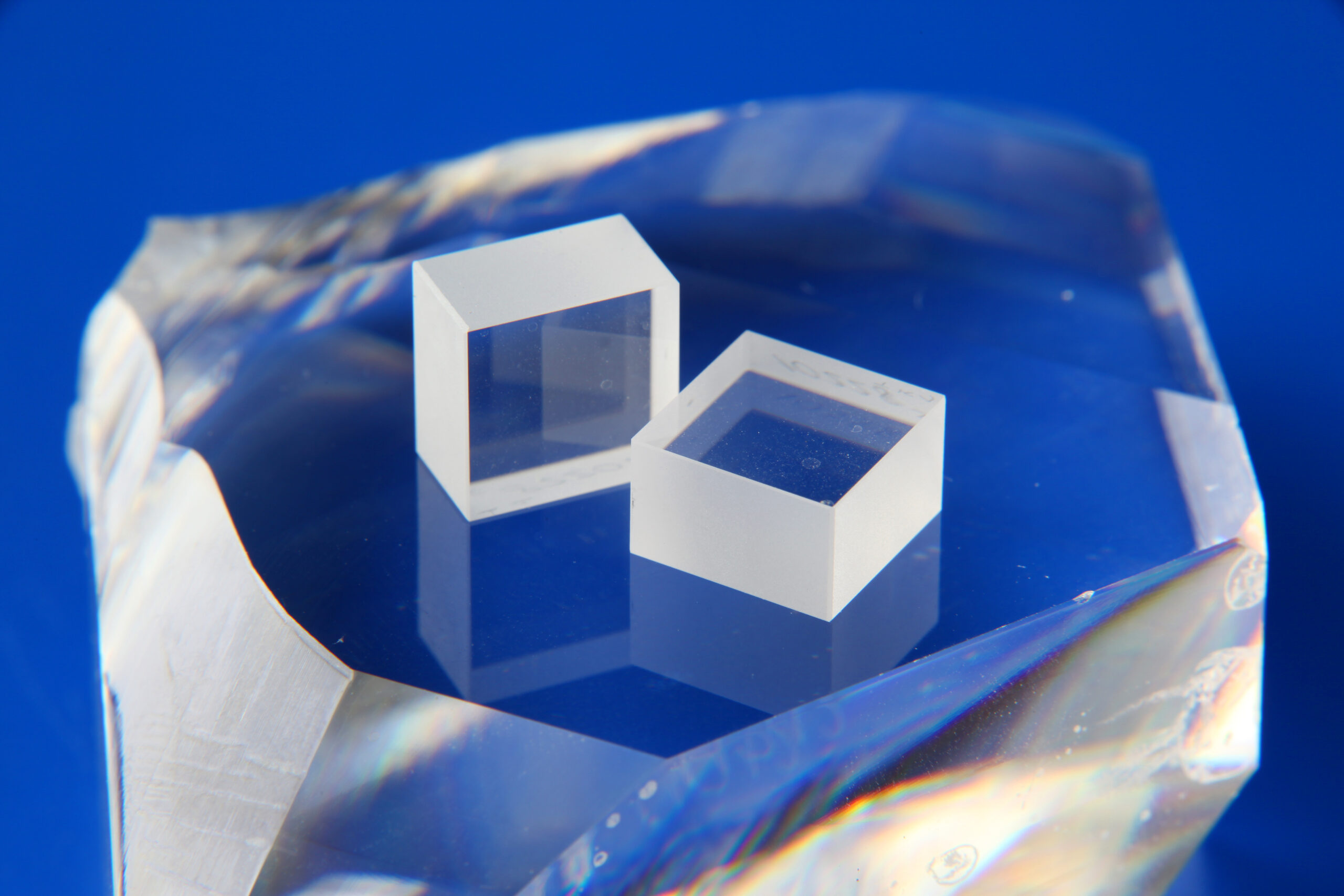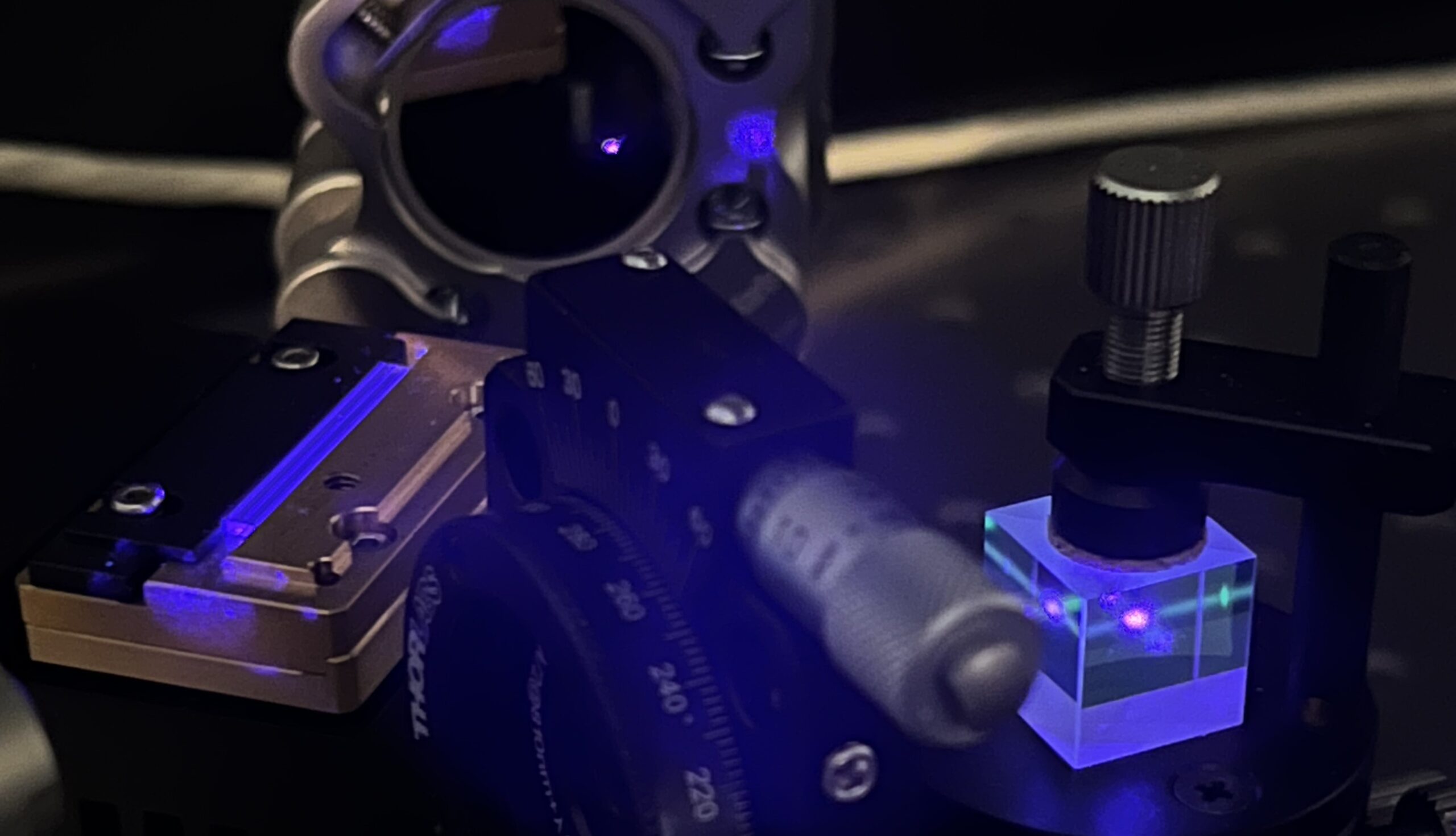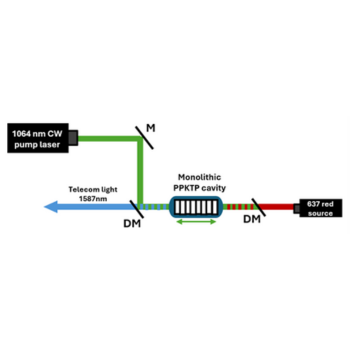Author: Dr. Noa Bloch
Having high threshold damage, LBO crystals for optical parametric amplification (OPA) combined with chirp pulse amplification (CPA)- (OPCPA) serves as a powerful tool to achieve very high laser peak powers (Terawatt, Petawatt). How is it done? And why LBO is the most suitable crystal for this task?
Intense light beams
Ever since lasers were invented 60 years ago, researchers have endeavored to create more intense pulses. There are many implications for intense light pulses in the industry from high precision removal material to ultrafast pulses for surgical procedures and rocket targeting in the military, but strong pulses can also unfold some fundamental questions of the universe. The holy grail of laser physics is a strong laser beam capable of breaking the vacuum of space-time. To this date, we are still a few orders of magnitude away from achieving vacuum decay. The beam intensity grew extensively over the years, however, by the mid-1980s, scientists stood upon a major challenge around 1 Terawatt of energy density. For short pulses, it was no longer practically possible to increase the intensity of the light without destroying the amplifying material.
Overcoming saturation for increasing pulse energies by chirp pulse amplification (CPA)
One method for overcoming such energy density limitations would be the increase of the laser amplifier aperture commensurate with the increase of peak power, but the required apertures would be impractically large, laser systems would be highly inefficient as they would not operate near saturation fluence, and would suffer from problems such as transverse parasitic lasing. In December 1985 the physicist Donna Strickland and her supervisor Gérard Mourou had an elegant and simple breakthrough to solve this challenge, inspired by popular science articles on radars. Their invention is simple and easy to describe – take a short laser pulse, stretch it in time, amplify it and squeeze it together again. When a pulse is stretched in time, its peak power is much lower so it can be hugely amplified without damaging the amplifier. The pulse is then compressed in time, which means that more light is packed together within a tiny area of space – and the intensity of the pulse then increases dramatically.
It took a few years for Strickland and Mourou to combine everything successfully but they overcome the technical difficulties. In 1985, Strickland and Mourou were able to prove for the first time that their elegant vision also worked in practice. Their invention, the chirped-pulse amplifier (CPA), increased intense lasers’ energy threshold up to 1 petawatt of energy density.
Combining LBO optical parametric amplifier with CPA – (OPCPA).
A further jump of one order of magnitude came later through a combination of CPA with optical parametric amplifier (OPA), known as OPCPA. The capability of delivering multi-terawatt power from a staged OPCPA system is due to additional nonlinear crystals. The most favorite for this task is LiB3O5(LBO), an attractive nonlinear crystal that can support a high efficient and broadband second and third harmonic generation and high efficient OPCPA. Its recent development for larger size growth makes it possible for high-energy amplification. These factors indicate that a high-peak power laser system can be produced by combining a CPA and LBO booster amplifier. This nearly instantaneous nonlinear process transfers part of the energy from the pump pulse to the seed pulse, creating three outputs: a much stronger seed pulse, or signal pulse; a weakened pump pulse; and a smeared-out idler pulse at the difference frequency between the pump and the seed. A hybrid system with a CPA front end and an OPCPA final amplifier is a potential design for building a compact 10 PW laser. Thanks to LBO crystals, OPCPA has rapidly bridged the gap from its initial modest demonstrations to multi-terawatt and petawatt scale systems in research facilities and universities and numerous lower-power scientific and industrial applications.
Raicols solutins for OPCPA
Recognaising the industry need, Raicol engineered its crystal to deliver the best performance for OPCPA, offering large aperture LBOs. The crystals’ superior surface quality and optical homogeneity contribute to the lowest bulk absorption rates, which is a significant advantage for the nonlinear conversion of high-power lasers. Moreover, the unmatched surface absorption rates of Raicol’s LBO crystals ensure the highest laser damage threshold, making them ideal for high-power laser applications.
Do you have a question? Our experts will be happy to hear from you and advise you on the best product for you. Contact Us.
Have you already subscribed to our YouTube channel? Don’t miss out—subscribe now for exclusive content and updates from our company.






